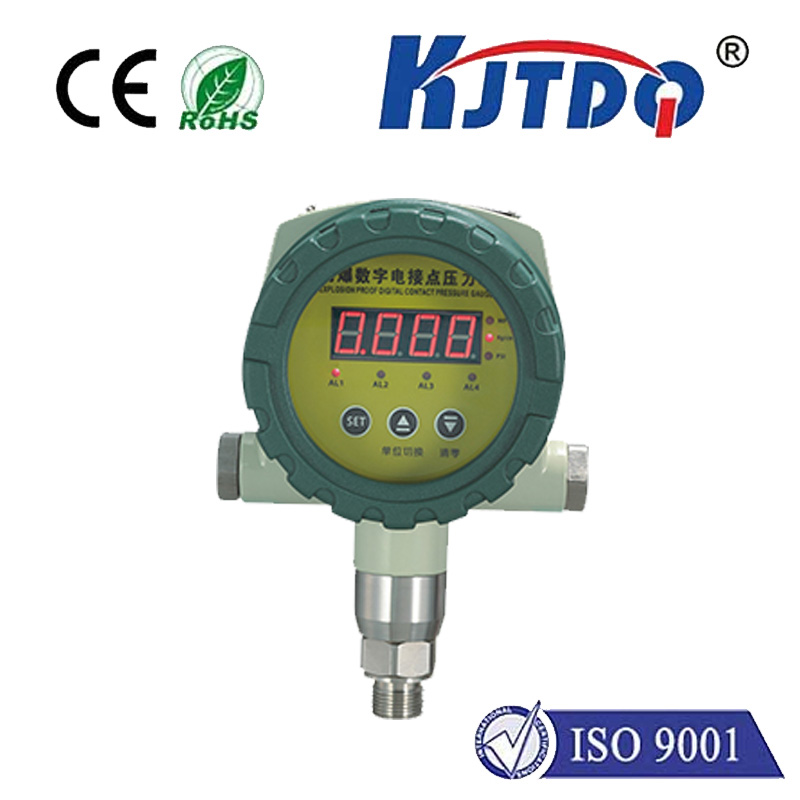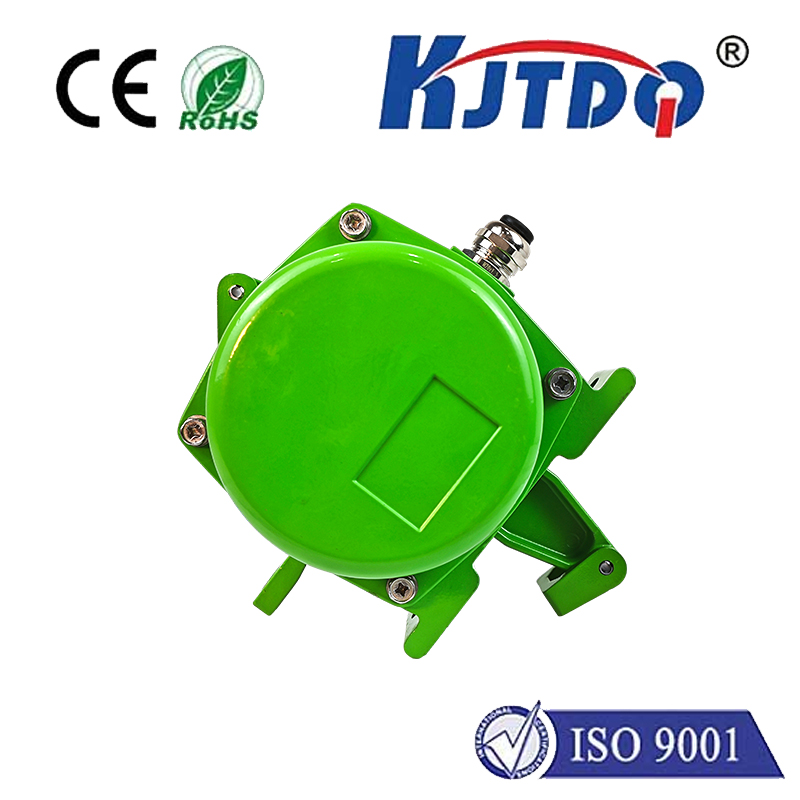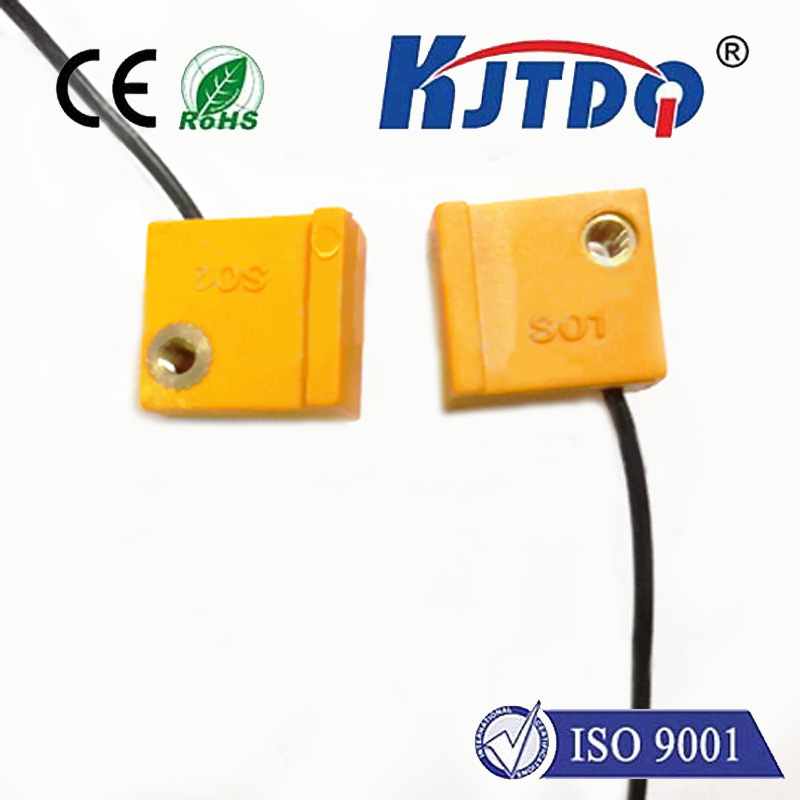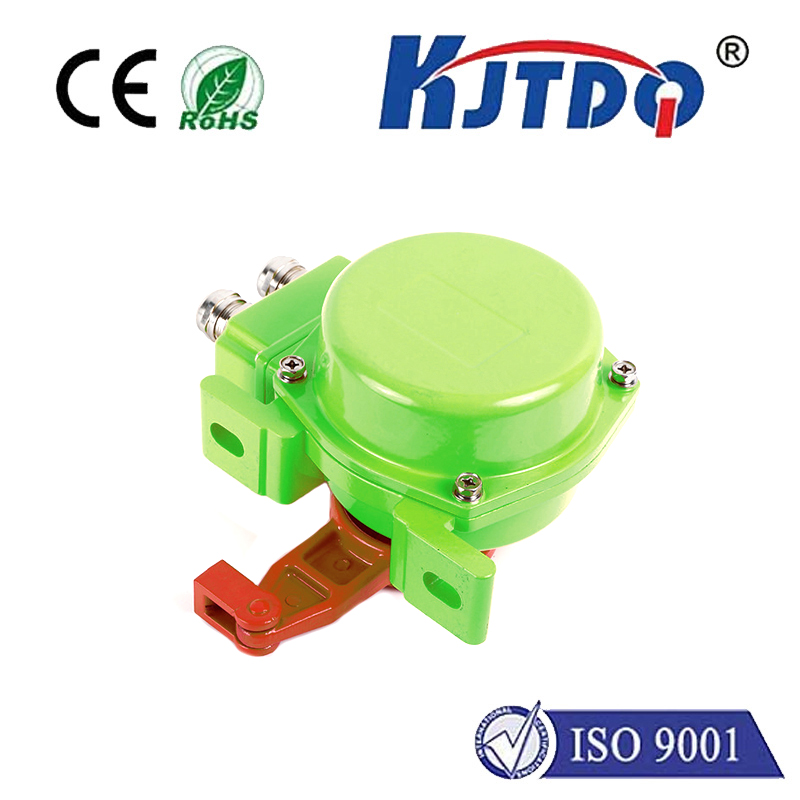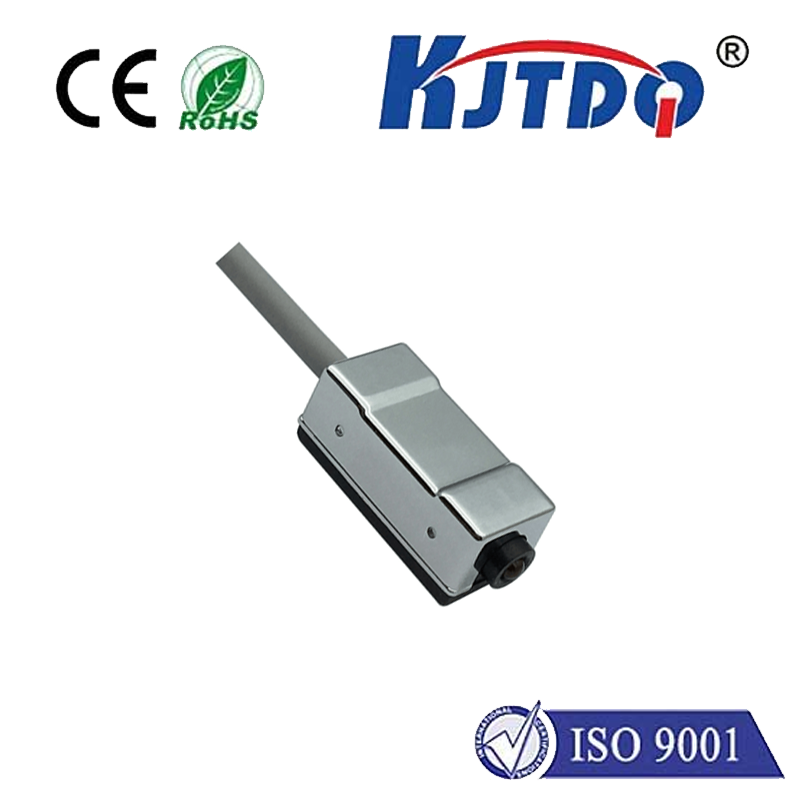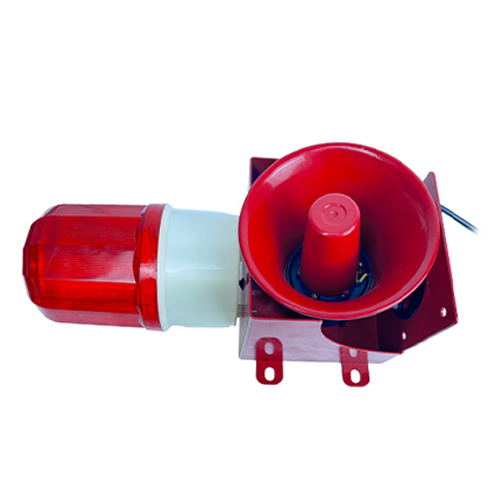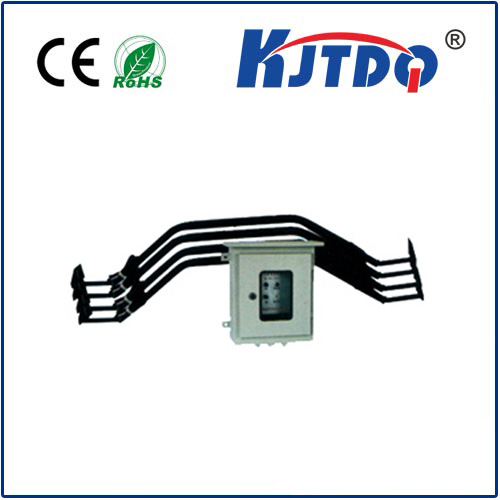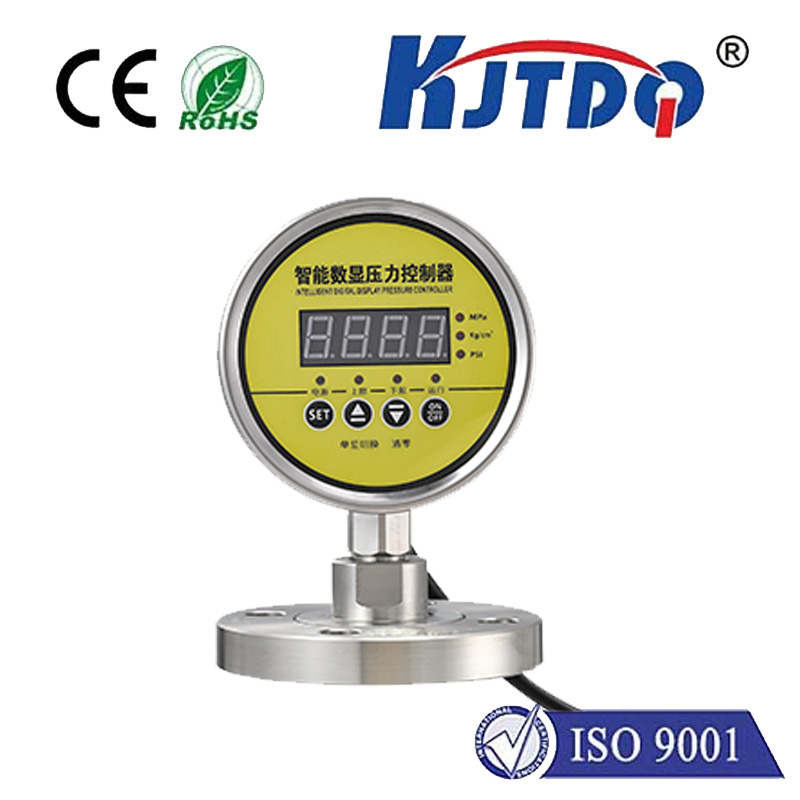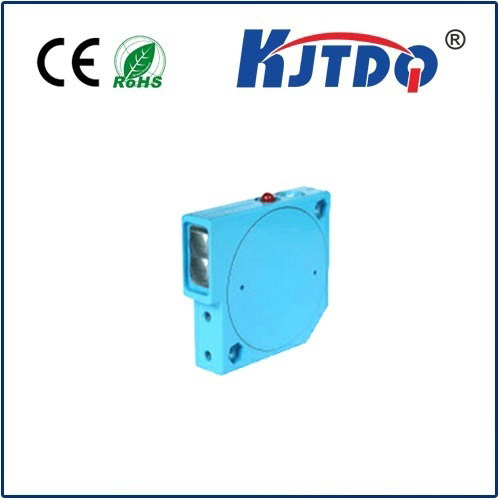

check

check

check

check
Unlocking Precision Detection: Explore the E2K-X15MY1 2M Proximity Sensor
In today’s hyper-connected industrial landscape, every millisecond counts—whether it’s ensuring a robotic arm avoids collisions or a conveyor belt keeps running smoothly. What if you could detect objects from afar, without physical contact, in the most demanding environments? That’s not science fiction; it’s the reality offered by advanced proximity sensors like the E2K-X15MY1 2M proximity sensor. Boasting a 2-meter detection range, this powerhouse device is transforming automation with its unmatched accuracy and resilience, making it a go-to solution for engineers facing complex motion control challenges. Let’s dive into how this sensor works, why it stands out, and where it excels in real-world applications.

First, let’s clarify what a proximity sensor does. At its core, it’s a non-contact device that detects the presence or absence of metallic objects using electromagnetic fields, eliminating the need for mechanical switches. This reduces wear and tear, minimizes downtime, and enhances safety in fast-paced settings. The E2K-X15MY1 model, specifically designed for long-range detection, builds on this foundation with cutting-edge technology. Unlike shorter-range alternatives, it leverages a compact inductive design to sense items up to 2 meters away, a feature that’s perfect for scenarios where space constraints or hazardous conditions demand remote monitoring. For instance, its robust IP67 rating ensures it withstands dust and water exposure, making it ideal for harsh industrial environments like manufacturing floors or outdoor setups. This durability translates to cost savings by slashing maintenance needs and extending operational life—a key advantage in a competitive market.
Now, what sets the E2K-X15MY1 apart from other proximity sensors? It’s all about the details. With a detection range of 2 meters, it offers unparalleled flexibility for applications requiring extended reach. Think of it in an automated warehouse: as fork lifts shuttle goods, this sensor can detect pallets from a distance, triggering alerts without interference. Its high-frequency oscillation mechanism provides swift, precise responses, with a response time under 1 millisecond, ensuring no lag in critical processes. Plus, the sensor’s compact size allows for easy integration into tight spaces, while features like temperature resistance (-25°C to +70°C) and immunity to electrical noise ensure reliable performance even in fluctuating conditions. This combination makes the E2K-X15MY1 2M proximity sensor not just a tool, but a strategic asset for optimizing efficiency. Imagine upgrading a production line—this unit could replace older models, reducing false triggers and boosting throughput by up to 20%, as noted in case studies from the automotive sector.
Of course, the real magic lies in its applications. From automotive assembly lines to food processing plants, the E2K-X15MY1 2M proximity sensor shines where precision is paramount. In robotic welding, for example, it detects components from afar, preventing costly accidents by signaling robots to adjust paths instantly. In logistics, sensors monitor pallet movements on conveyors, ensuring smooth flow and avoiding jams that halt operations. Consider a packaging facility: with this unit installed, it could detect metal containers at the end of a line, activating sorting mechanisms for flawless automation. The 2-meter range is particularly valuable in large-scale setups, such as airport baggage handling, where sensors must operate reliably over distances without constant recalibration. Ultimately, this translates to enhanced safety, reduced energy consumption, and higher ROI, solidifying the sensor’s role in Industry 4.0 advancements.
Choosing the right proximity sensor—like the E2K-X15MY1—involves weighing factors like installation ease and scalability. Its M12 connector standard allows for plug-and-play setup, minimizing downtime during upgrades. Compared to ultrasonic or photoelectric sensors, which might struggle with metallic interference or environmental factors, this inductive model excels in metal-rich settings. That’s why industries from aerospace to construction increasingly rely on it for critical tasks. By integrating the E2K-X15MY1 2M proximity sensor into your systems, you’re investing in a future-proof solution that drives innovation while cutting costs—truly, a cornerstone of modern automation excellence. (Word count: 854)
